In the realm of DIY electronics and hobbyist soldering, the satisfaction of crafting and building your own devices is unmatched. However, this joy can be overshadowed by the discomfort and potential health hazards posed by soldering fumes. These fumes, produced when solder melts, contain flux and other potentially harmful constituents that can lead to respiratory issues and allergic reactions after prolonged exposure. The solution? A reliable, effective, and easy-to-build 12V solder fume extractor that ensures a safer soldering space without breaking the bank.
**Understanding the Need for Fume Extraction**
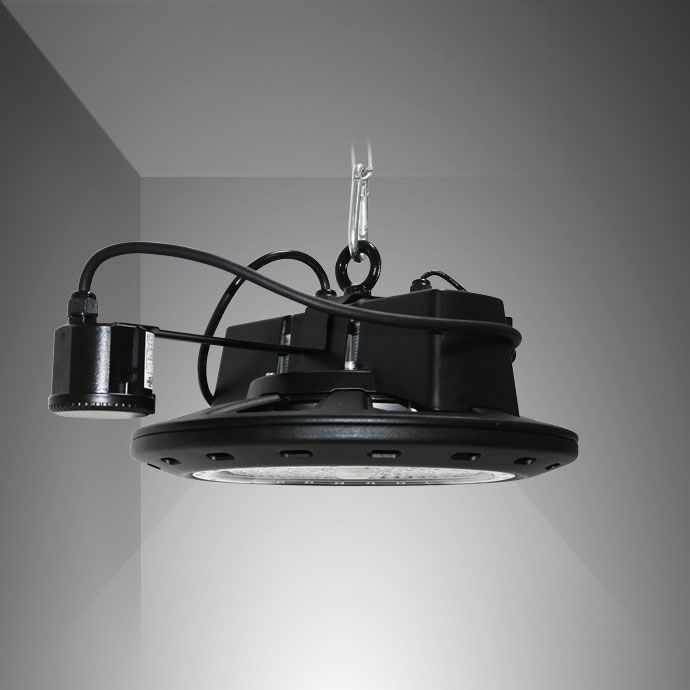
Soldering, especially in confined or poorly ventilated spaces, can produce a considerable amount of smoke. This smoke doesn't just smell bad – it can irritate your throat, eyes, and lungs. Many assume the use of lead-free solder alleviates this issue, but even some lead-free solders emit harmful fumes. Thus, integrating a fume extractor into your workspace is essential. Not only does it enhance safety, but it also ensures cleaner working conditions, reducing the chance of contaminant deposit on sensitive electronic components.
**Components for Building a DIY Fume Extractor**
Creating your own 12V solder fume extractor involves a few key components, most of which are readily available at local electronics stores or online marketplaces. Here’s a basic list:
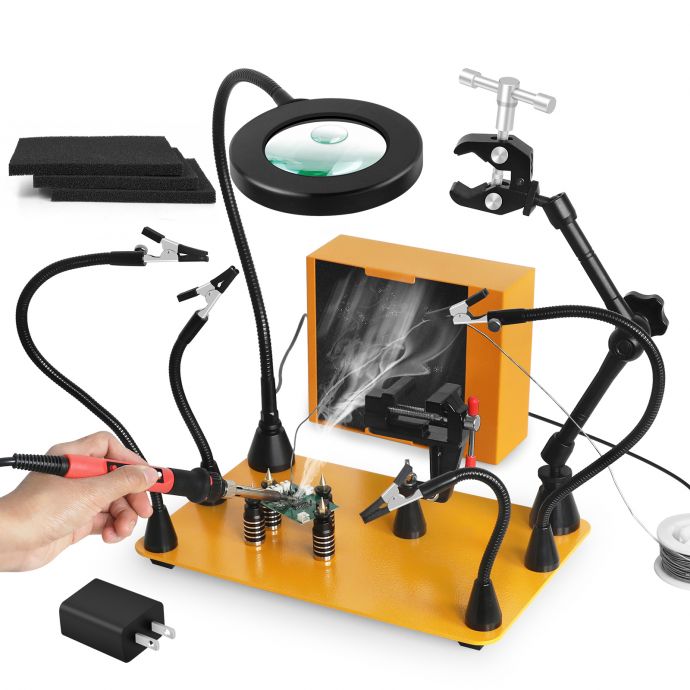
1. **12V Fan**: The heart of the extractor, a simple computer fan, can effectively pull the smoke away from your work area. Opt for a fan with a decent airflow rating, typically around 100 CFM (Cubic Feet per Minute), to ensure efficient smoke removal.
2. **Activated Carbon Filter**: This component traps harmful particles from the fumes. These filters are often used in ventilation systems and can be found in various sizes. The combination of mechanical and chemical adsorption in activated carbon makes it ideal for capturing volatile organic compounds.
3. **Housing Unit**: The housing keeps everything in place and directs airflow. You can use materials like lightweight aluminum, acrylic, or even repurposed plastic containers.
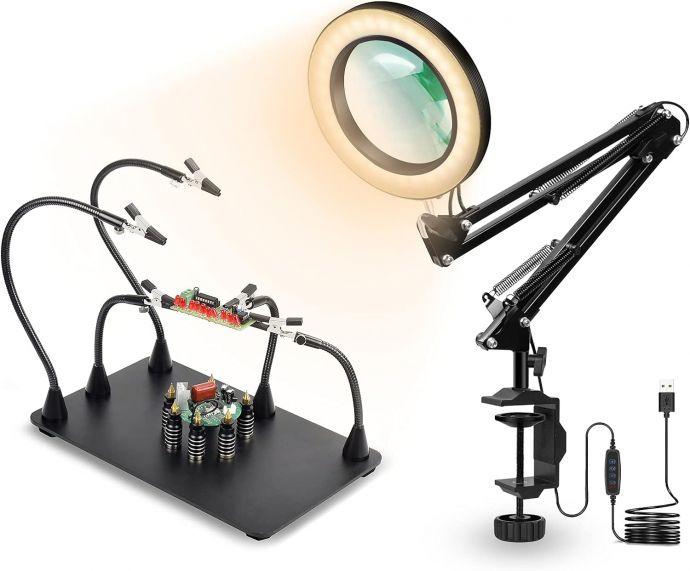
4. **12V Power Supply**: A suitable DC power adapter to power the fan. An adjustable power supply allows you to control the fan speed, optimizing noise and suction based on your current needs.
5. **Switches and Wiring**: Basic electronics components that facilitate easy control over the extractor's operation.
6. **Miscellaneous Items**: Screws, brackets, and sealants to assemble your extractor securely.
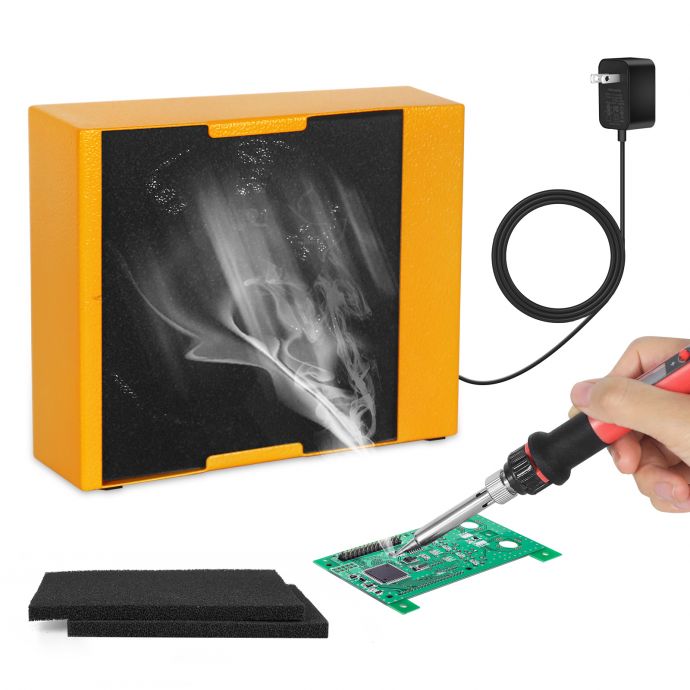
**Building the Fume Extractor**
1. **Design and Assembly Plan**:
- Sketch a basic design layout to understand where each component will fit. Consider the placement of the fan, filters, and power supply.
- Ensure there's enough space to replace the filter when required, which is essential for maintaining the extractor’s efficiency.
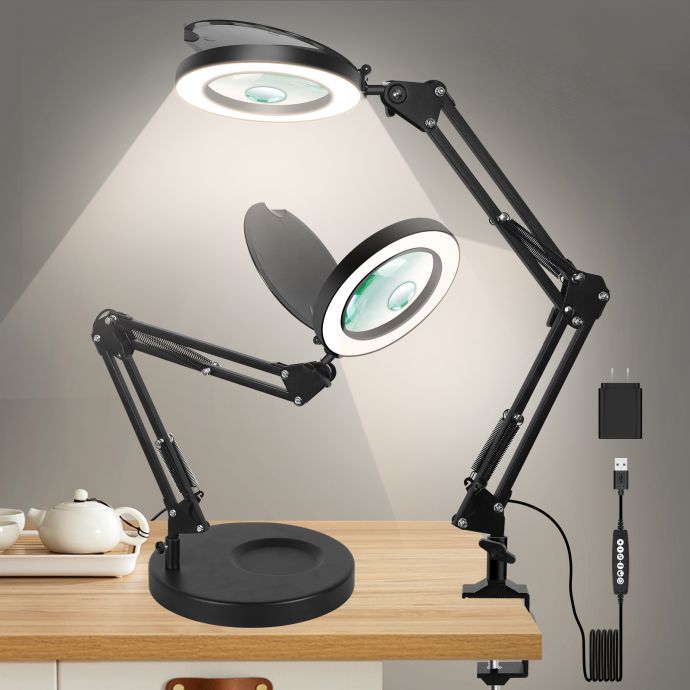
2. **Constructing the Housing**:
- Cut the chosen material for housing into the desired shape, typically a box that can easily sit on your desk without taking up too much space.
- Drill holes for the fan and any necessary mounting points. Ensure that these holes provide a snug fit to minimize air leaks.
3. **Installing the Fan**:
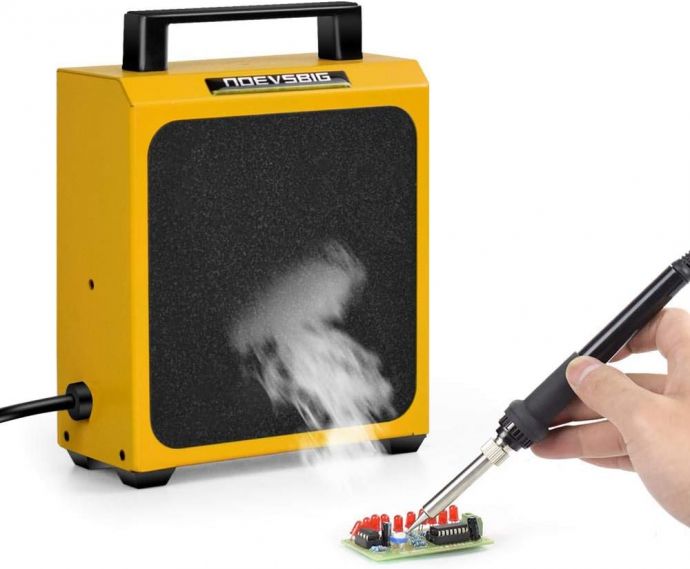
- Mount the 12V fan inside the housing. The fan should be positioned to draw air from the soldering area through the filter.
- Ensure the fan blades are unobstructed and can spin freely. Use screws or mounting brackets to secure it firmly.
4. **Attaching the Filter**:
- Position the activated carbon filter in front of the fan. Some designs place the filter in a slot or frame, allowing easy replacement.
- Seal the edges with weatherstripping or silicone sealant to ensure all captured air passes through the filter.

5. **Wiring and Power Supply**:
- Connect the fan to the power supply using appropriate wires and ensure all connections are secure.
- Add a switch to the power line to easily turn the extractor on and off. If using an adjustable power supply, install the controller on the exterior for easy access.
6. **Testing and Adjustments**:
- Once assembled, power up your extractor and test its effectiveness. Check that smoke is drawn swiftly into the housing and there's adequate suction at the soldering area.
- Listen for excessive noise, indicating possible obstructions or vibrations. Adjust fan speed if needed.
**Enhancing Effectiveness and Longevity**
After constructing your fume extractor, regular maintenance is vital for optimal performance. Here are a few tips:
- **Filter Replacement**: Activated carbon filters lose effectiveness over time as they become saturated with contaminants. Replace filters according to usage frequency – typically every 3-6 months.
- **Cleaning**: Occasionally clean the fan blades with compressed air to remove any accumulated dust that can impede performance.
- **Seal Inspection**: Ensure seals remain tight to prevent unfiltered air leaks. Reapply sealant if necessary.
**Additional Features and Customization**
For those eager to expand their skills and enhance their extractor, consider these additions:
- **LED Lighting**: Add LED strips inside the housing to illuminate your workspace, ensuring precision during intricate soldering tasks.
- **Speed Controls**: Implement a pulse-width modulation (PWM) controller for variable fan speeds, allowing you to balance noise and power consumption.
- **Portability Features**: Integrate a handle or use a lightweight material for the housing to make your fume extractor easily transportable.
**Conclusion**
With a bit of creativity and a handful of components, you can build an effective solder fume extractor that matches commercially available units, without spending a fortune. This project not only contributes to a safer workspace but also enhances your skills and confidence in DIY electronics. By absorbing, removing, and preventing smoke, you ensure your soldering habits remain sustainable and health-conscious, paving the way for many more enjoyable and productive hours at your workstation. Embrace the DIY spirit, and transform your soldering station into a safe and efficient hub for creation.









